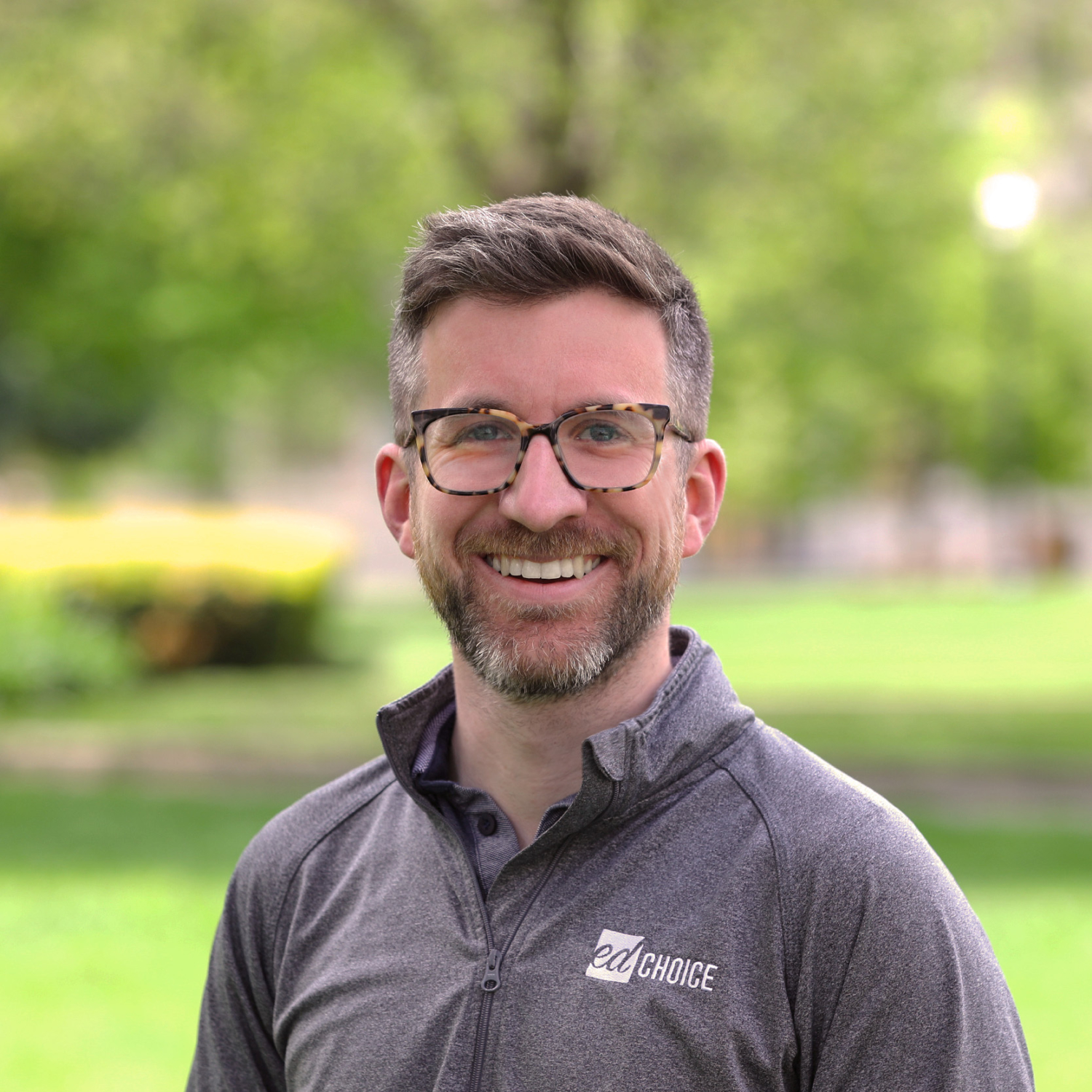What You Need to Know from the Massive NCES School Choice Report
Last week, the National Center for Education Statistics released School Choice in the United States: 2019, a helpful collection of data on school choice patterns across the nation.
As the report indicates, more and more families are making an active choice as to where to send their children to school, both within and outside the public schooling system. As more and more families avail themselves of these options, the more important it is for us to understand them.
The report is worth reading in full, but I’d like to highlight a few of things that stood out to me.
1. Public school choice is the most-used type of school choice.
Too often, school choice is treated like a unique set of policies that exists separate from the traditional public schooling system. There is a lot of school choice within the traditional public schooling system. The primary mechanism is school choice by real estate, with people choosing to live in the catchment areas of desirable schools. That is incredibly hard to track, but other methods of public school choice like intra- and inter-district transfer programs, magnet, and charter schools can be tracked. In an attempt to parse this, one of the first statistics the report presents is the breakdown of enrollment in “public school-assigned” and “public school-chosen.” Attendance in assigned public schools is down 5 percentage points from 1999 and attendance in chosen public schools is up by the same figure.
Also contrary to the caterwauling of school choice opponents, enrollment in traditional public schools has continued to increase as school choice programs have grown across the country. From 2000 to 2016, enrollment in traditional public schools went up by about 1 percent. By 2016, 47.3 million students attended traditional public schools. Charter school enrollment grew at a much faster rate, but from a much lower base (from just 400,000 students in 2000 to 3 million in 2016). Home schooling doubled over that time period, but private school enrollment dropped 4 percent. Whenever you hear someone talking about the vast privatization of the American education system, point to these numbers.
2. Home-schoolers have doubled.
The doubling of the number of home-schoolers really stuck out to me. Who is homeschooling? Why are they doing so?
Interestingly, the report breaks down home-school enrollment by race. While 3.8 percent of all white students were home-schooled, Hispanic students were home-schooled at a similar rate, 3.5 percent. A smaller percentage of black students (1.9%) were home-schooled, and only 1.4 percent of Asian students were. Home schooling is often seen as a strictly white phenomenon, but it is clear that there is more diversity in the sector.
Why do these families home-school? The two largest responses to NCES surveys expressed dissatisfaction with traditional public schools. The first—“concern about school environment, such as safety, drugs, or negative peer pressure”—garnered more than a third of responses. The next most popular was “dissatisfaction with the academic instruction at other schools.” The third most popular response, with just less than 16 percent of respondents, was “desire to provide religious instruction.” Again, something that might surprise folks.
3. School safety issues are a major reason families use school choice.
School safety and climate are huge drivers of school choices, particularly parents who choose private schools. The report offers an interesting look into the rates of a variety of negative experiences that students might encounter in school. First, it reports on the prevalence of gang activity. Blessedly, reports of gang activity have decreased over time, and now just 9 percent of public school students and 2 percent of private school students report gang activity at schools. The same is true for students reporting hate-related graffiti in their school, with a bigger gap between public school students (25% of which reported seeing it) and private school students (just 6% of students). The rates of students being called a hate-related term were both low and similar in public and private schools (7% and 4% respectively), and so were rates of bullying (23% of public school students and 16% of private school students).
4. Take the rote NAEP score comparisons with a mine of salt.
There was one addition to the report that I do have to quibble with. The authors compared NAEP scores between students in traditional public and public charter schools, even though the populations that those schools serve (as demonstrated elsewhere in the report!) are quite different. They did adjust for parental education, but as they report themselves, there are a lot of other things going on there that they cannot control for. They’re waving a red flag, so it’s important for readers to proceed with those data cautiously.
All in all, there is a lot of really interesting information in this report. If you want to know more about the landscape of school choice across the country, it’s a great place to start.




